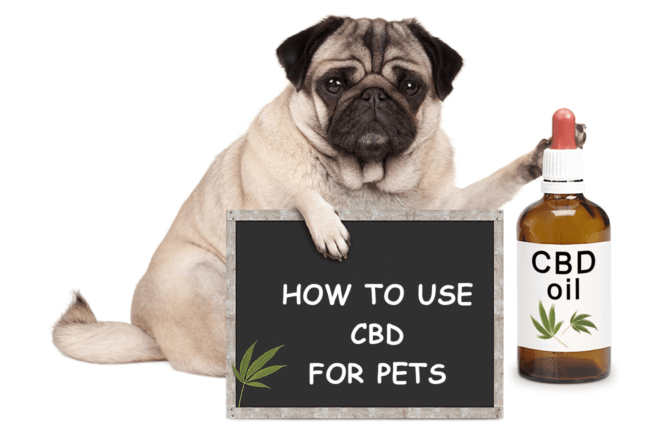The practice of administrating CBD to pets is gaining popularity, and the reason is practically the same as the reason behind CBD’s popularity amidst humans – the endocannabinoid system which both species have, and Clinical Endocannabinoid Deficiency (CECD) which is a medical condition both species are susceptible to.
Endocannabinoid System, Homeostasis, and Clinical Endocannabinoid Deficiency
The endocannabinoid system is responsible for maintaining homeostasis, a stable inner environment in which all physiological and psychological processes run smoothly. Sometimes, the endocannabinoid system fails to produce enough endocannabinoids on its own, which can lead to Clinical Endocannabinoid Deficiency (CECD) whichcauses a failure in communication between different cells, respectively leading to a disturbed homeostasis a wide variety of widespread medical conditions.
CBD replenishes the endocannabinoid system, and in doing so, treats CECD, thus restoring homeostasis and alleviating those medical conditions.
CBD and Pets
As mentioned, our pets have practically the same endocannabinoid system, suffer from the same CECD, and as a result, experience very similar medical conditions, meaning CBD can have the same sweepingly positive medicinal properties on them as it does on us.
CBD has been famously found to help treat:
- Inflammation
- Epilepsy
- Anxiety
- Pain
- Cancer
- Nausea
- Skin Problems, and many other ailments and diseases.
Administration and Dosage of CBD to Pets
First off, even though CBD is generally pretty safe, it’s best to consult your veterinarian in order to make sure that the compound won’t mess with other medication plans your pet might currently be on.
The general rule of thumb is 1mg of CBD per every 10 lbs. of your pet’s body weight, once or twice a day, and gradually increase the amount until you get the coveted effects. While “overdosing” on CBD can’t be fatal butgiving your pet too much will only nullify or hinder the otherwise positive effects of the compound.
It’s worth mentioning that the bioavailability of CBD in dogs when taken orally is quite low, so some people prefer intravenous injection or the easier water-soluble method. Squirting CBD oil from a water syringe is also a convenient way to administer a precise dosage quickly and with less resistance.
It’s also a good idea to keep an eye on your pet for a few hours after giving it CBD to make sure they are okay.
Just like with humans, CBD shouldn’t be viewed as some magical potion that will instantly cure all ailments, but it might be one of the closest things to it that we have in real life. It poses practically no risks and can lead to sweeping improvements of your pet’s overall quality of life and well being.










